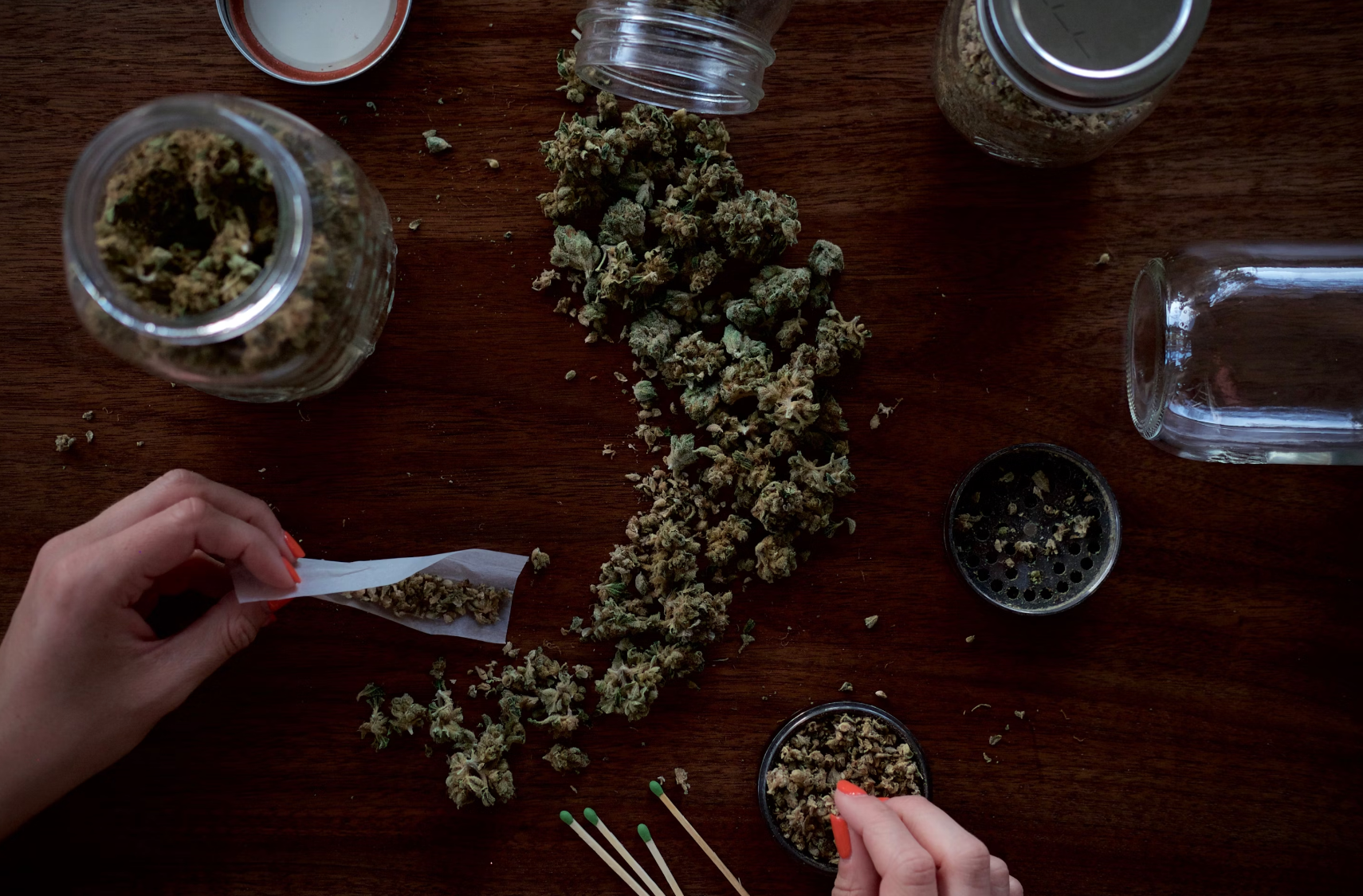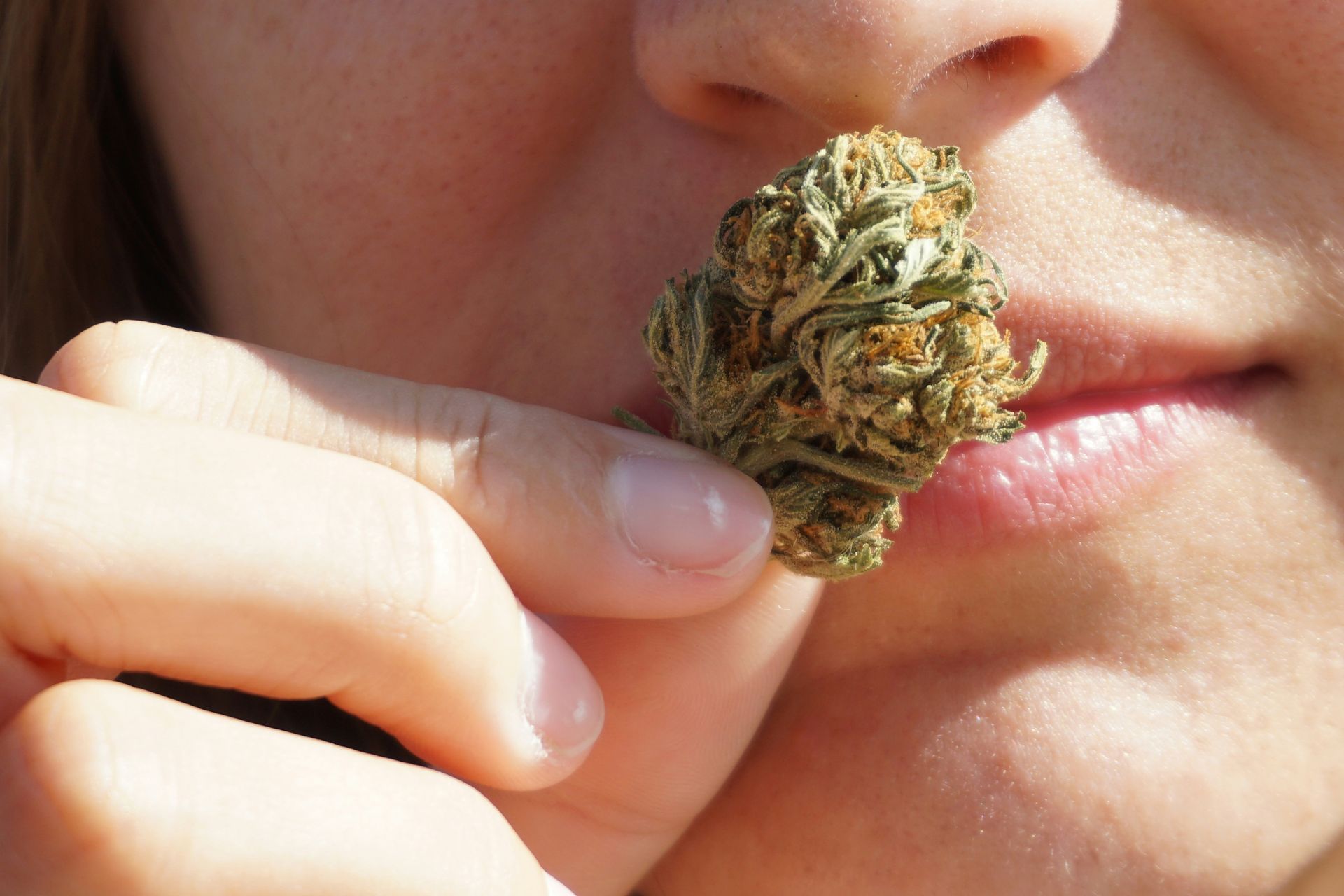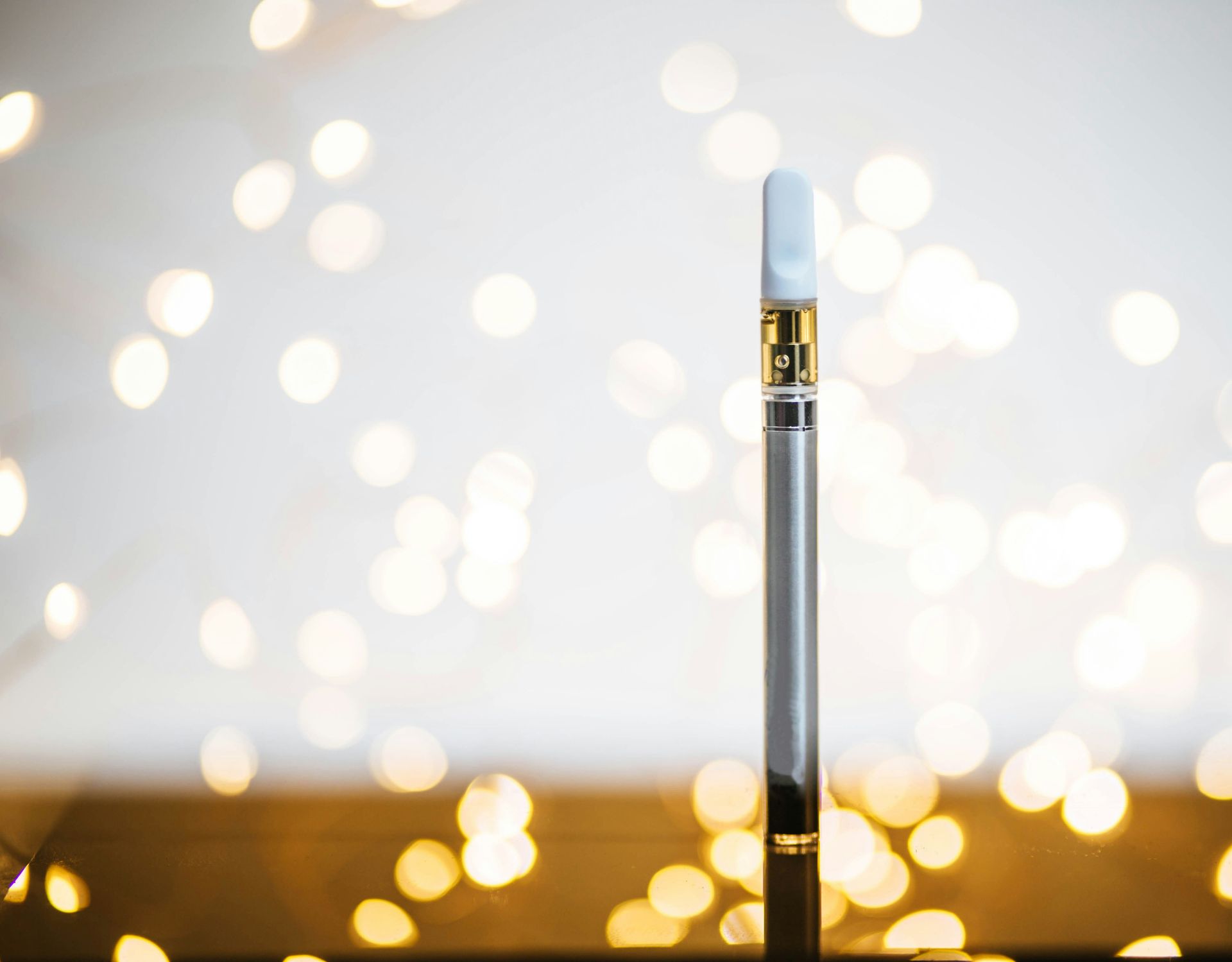
Have you ever wondered how long your stash of weed will last before it goes bad? Whether you are a casual user or a seasoned enthusiast, it's essential to know the shelf life of your cannabis.
With the growing acceptance of marijuana in mainstream society, more and more people are using it for recreational and medical purposes. However, not everyone knows the proper way to store their weed to ensure its longevity.
In this blog, we will explore the factors that can affect the shelf life of your marijuana and provide tips on how to properly store it to prevent it from going bad. Understanding the shelf life of your cannabis can help you enjoy its benefits for a longer period of time.
What Factors Affect the Shelf Life of Weed?
Several key factors influence the shelf life of weed. Storage conditions play a critical role, with humidity levels, temperature, and light exposure all affecting its longevity. High humidity can promote mold growth, while excessive heat can degrade cannabinoids. Conversely, proper storage in a cool, dark, and dry environment can slow down degradation. Environmental factors like air quality and oxygen exposure also impact weed degradation rates.
How Long Can You Store Weed Before It Starts to Lose Potency?
Storing weed properly in an air-tight container in a cool, dark place can help maintain its potency for up to two years. Over time, THC and other cannabinoids can degrade, with significant loss usually happening after the one-year mark. The cannabinoid degradation can affect the potency and effects of weed, potentially leading to less impactful psychoactive effects and decreased therapeutic benefits.
What Are the Signs That Indicate Weed is Going Bad or Has Expired?
Signs of deteriorating weed include changes in color, such as a shift to brown or yellow hues, and alterations in texture, like dryness or excessive moisture. A musty or moldy smell indicates spoilage, while a loss of aroma or a stale odor suggests degradation. Visually inspect for mold, mildew, or discolored spots. Additionally, a crumbling texture and a harsh, unpleasant taste signify expired cannabis, indicating it's no longer suitable for consumption. It is important for consumers to be aware of these indicators to ensure they are consuming safe and effective cannabis products.
Does Weed Have an Expiration Date, and if So, How Long Does It Last?
Weed does have an expiration date, which is usually around 1-2 years if stored correctly in a cool, dark location. It is recommended to consume weed within this time frame for optimal freshness and potency. The type of product influences shelf life; flowers degrade faster than concentrates or edibles due to exposure to light and air. Properly stored concentrates and edibles can last longer, potentially up to two years, without significant loss of potency.
What Happens to Weed as It Ages, and Does It Become Unsafe to Consume?
As cannabis ages, the cannabinoids and terpenes in the plant degrade, leading to a decline in quality and a decrease in potency and flavor. While aged cannabis isn't necessarily unsafe, degradation can lead to a less desirable experience and reduced therapeutic effects. However, there are potential health risks associated with consuming old or degraded cannabis, as mold, mildew, bacteria growth, and other contaminants can develop on the plant over time, leading to potential respiratory issues or other health concerns. Regular inspection and proper storage methods help mitigate these risks.
How Can You Properly Store Weed to Maximize Its Longevity?
To maximize weed longevity, store it in airtight containers, preferably glass jars, in a cool, dark, and dry place. Avoid plastic baggies as they can promote moisture buildup. Maintain a relative humidity of 59-63% to prevent drying out or mold growth. Store away from heat sources and direct light, which can degrade cannabinoids. Regularly check for signs of mold or degradation and replenish humidity packs if needed to preserve freshness and potency.
What Are the Consequences of Consuming Expired or Degraded Weed?
Consuming expired or degraded weed can lead to a diminished experience and reduced therapeutic benefits due to degraded cannabinoids. Additionally, expired cannabis may harbor mold, mildew, or other contaminants, posing health risks such as respiratory issues or allergic reactions. Adverse effects can include headaches, nausea, or lung irritation. It's crucial to inspect and properly store cannabis to minimize the risks associated with consuming old or degraded weed products.
Are There Ways to Extend the Shelf Life of Weed or Revitalize Old Cannabis?
To extend weed shelf life, store it in airtight containers with humidity control packs, maintaining optimal humidity levels. Freezing can preserve freshness, but moisture can degrade quality upon thawing. Rehydrate dry weed with humidity packs or citrus peels, avoiding over-humidification. However, contaminants in expired cannabis cannot be removed; it's safer to discard compromised products to prevent health risks.
How Does the Type of Cannabis Product Affect Its Shelf Life and Degradation Rate?
The type of cannabis product significantly impacts shelf life and degradation rates. Cannabis flower degrade faster due to light and air exposure, while concentrates and edibles generally have longer shelf lives. Properly stored concentrates and edibles can last up to two years without significant potency loss. Each product type has unique storage requirements, with factors like moisture content and packaging playing crucial roles in preserving freshness and potency.
What Do Scientific Studies and Experts Say About the Shelf Life of Weed and Its Degradation Process?
Scientific studies and experts highlight various factors influencing weed's shelf life and degradation. Research indicates cannabinoids degrade over time, affecting potency and flavor. Factors like humidity, temperature, and light exposure accelerate degradation. Experts recommend storing weed in airtight containers in cool, dark places to maximize longevity. Regular monitoring for signs of degradation and proper humidity control are crucial. Industry professionals emphasize proper packaging and labeling to inform consumers about product freshness.
In conclusion, recognizing the nuances of weed's shelf life is vital for both enjoyment and safety. By implementing proper storage techniques in a cool, dark setting, enthusiasts can maintain potency and quality over time. Regular monitoring for any signs of degradation ensures a consistent and satisfying cannabis experience. With these insights, consumers can confidently maximize their cannabis products' longevity while safeguarding their well-being.






